|
Besides being beautiful, the Himalayan jewellery could also reveal its owner´s regional origins, their sex, societal position, religious beliefs and values. Tibetans believed most jewellery of precious metal to be luck bringing, and many pieces were also considered to have a strong protective attributes. In southern Tibet it was bad luck if a woman did not at any time wear their big and heavy hair ornaments (patruk in Tibetan). Because of this superstition, up until the middle of last century, women used to sleep on the floor as their extravagant hair decorations made it impossible to sleep in bed. Tibetans also had a superstition that not piercing ears could cause one to be born as an animal, such as a donkey, in next life. In order to minimize the risks of this happening, men, who usually just wore one earring in their left ear, began piercing the other ear to adorn it with a small polished turqouise earring. One of the most popular pieces of jewellery in Tibet is the decorative ga´us, i.e. a case or container for relics and amulets. The ga´us containing amulets (i.e. ten in Tibetan) are worn by all even nowadays – by rich and poor, men, women, children, and on occasion even by animals. The ga´us were worn by Buddhists as well as the Bon religion followers, and they were used as a protection from the nature spirits of water, mountains, and land. In order to protect against a possible attack from an unknown side, one person could wear several ga´us, in the front, back, and side. Even though, these spirits were considered to be peaceful, they could become angered as a result of pollution or disturbances of their habitat. The amulets used were Buddhist deities, rolls of prayers or something that had been in contact or worn by a revered religious figure. In order for an amulet to be active, it had to be blessed and activated by a lama. The style of the ga´us differs depending on its origin. Compared to the pieces worn by men, the ga´us of women were more decorative and serving as a piece of jewellery. Ga´us were often decorated with deities and various auspicious symbols, and protective figures. The shape of, and the way the symbols are used on jewellery as well as how they are detailed, provide hints as to where a particular ga´u originates from. For instance, the auspicious symbols on eastern Tibetan ga´us are more detailed, three dimensional, and can even be different in form, compared to similar pieces from other areas. For example, the rectangular type of ga´u sutumba was popular in the border areas of south and west Tibet and Indian Himalayan districts. The oval shaped ga´u kerima was popular in southern border areas of Tibet, and also in Sikkim and Bhutan. On all ga´us the stylized dorje-vajra ornament hangs at the bottom.
Shrine type ga´us with auspicious symbols, protecting monsters, and deities Examples of ga´us available in Silkroad Treasures e-shop:
1 Comment
|
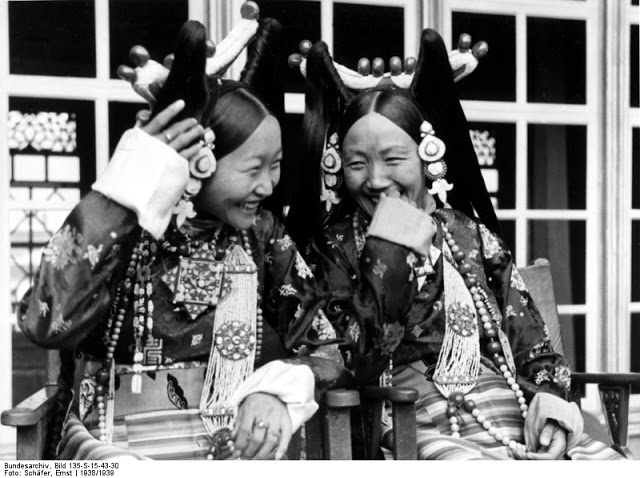
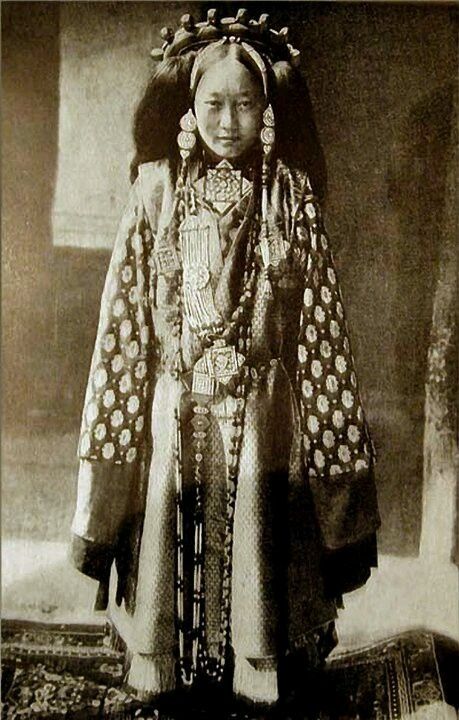

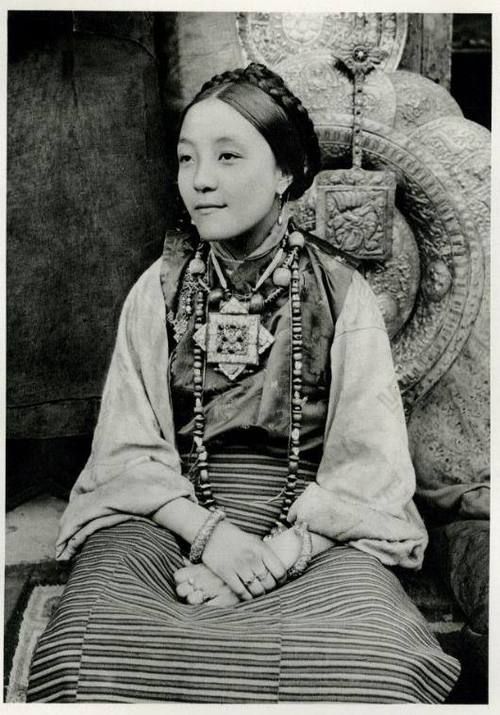
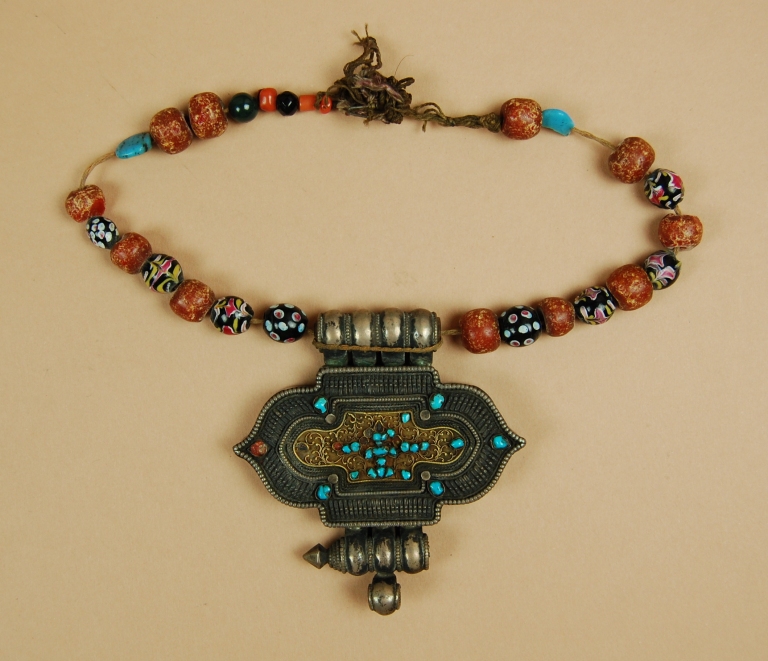
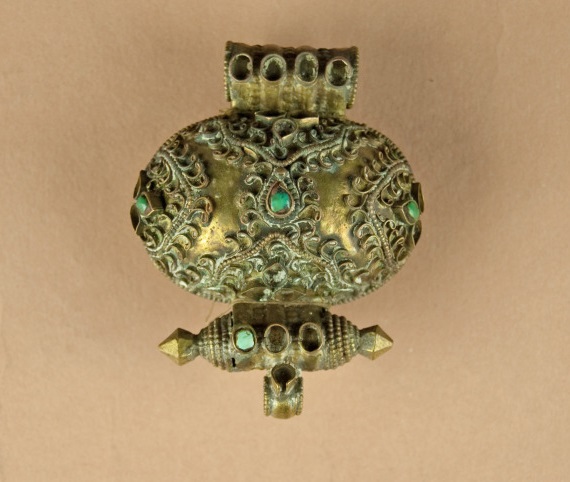
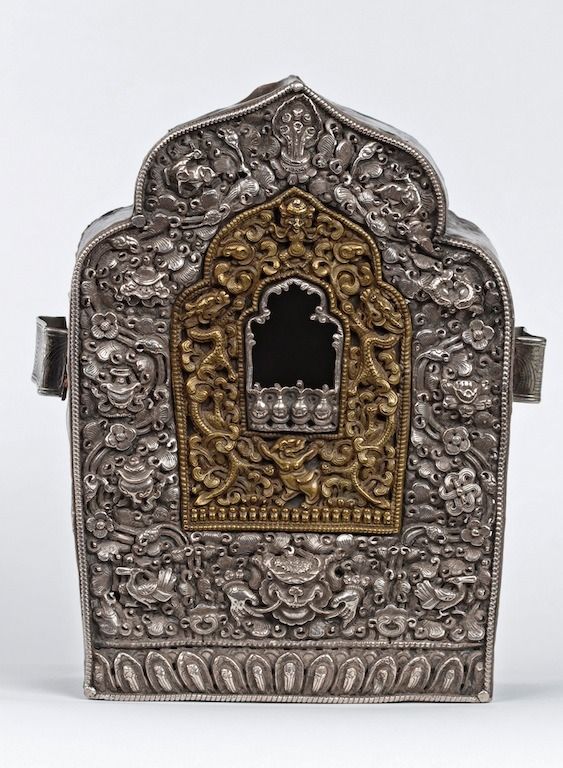
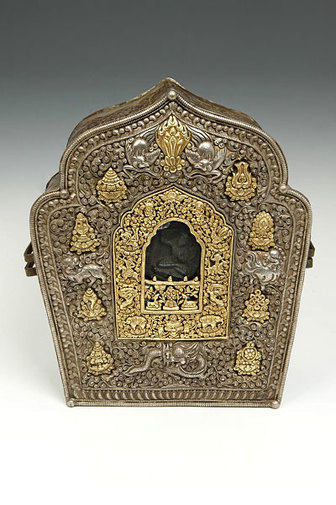
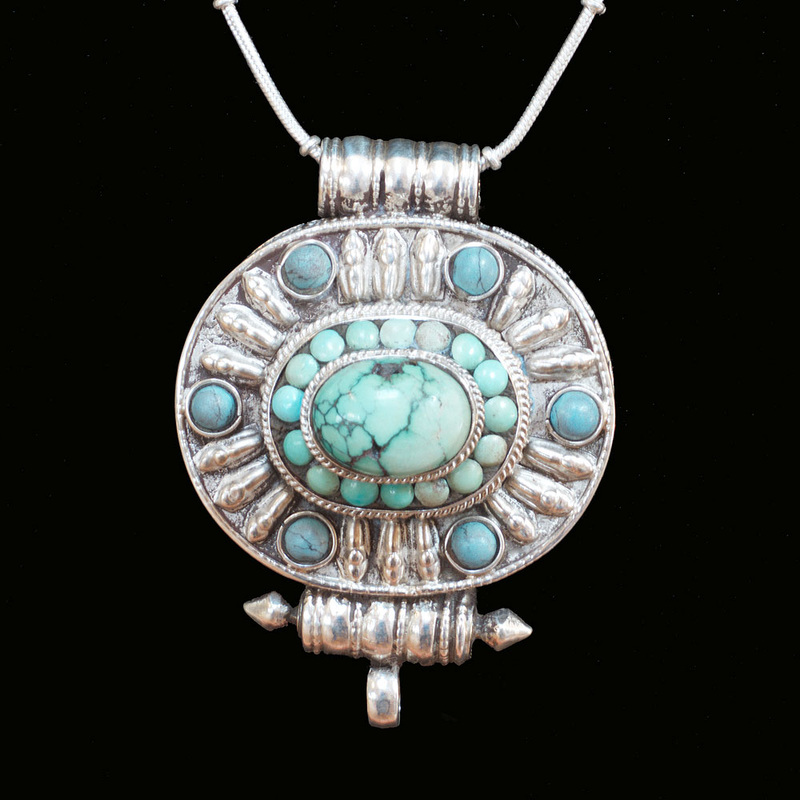
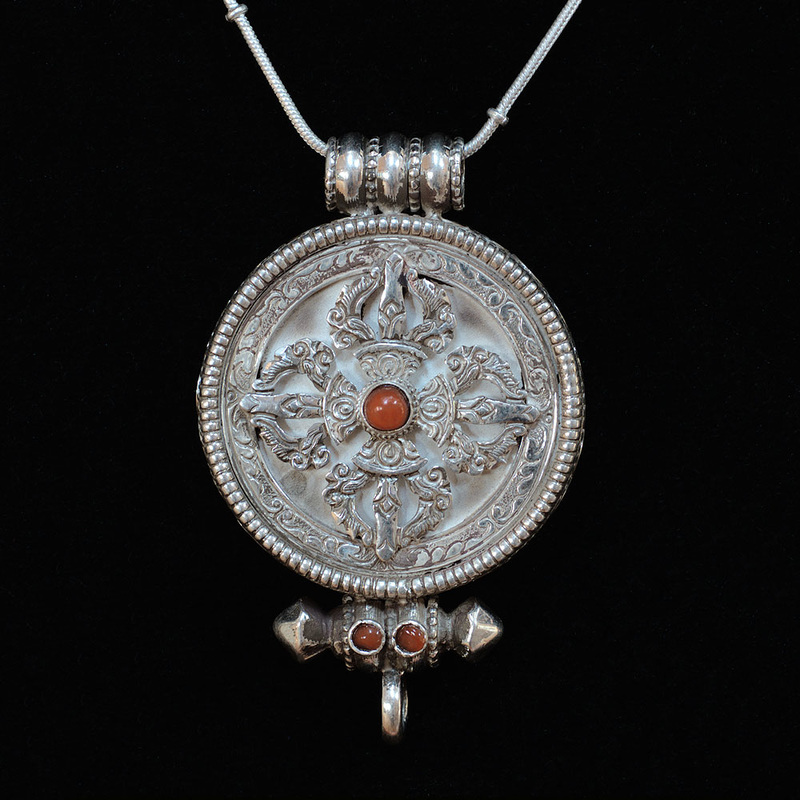
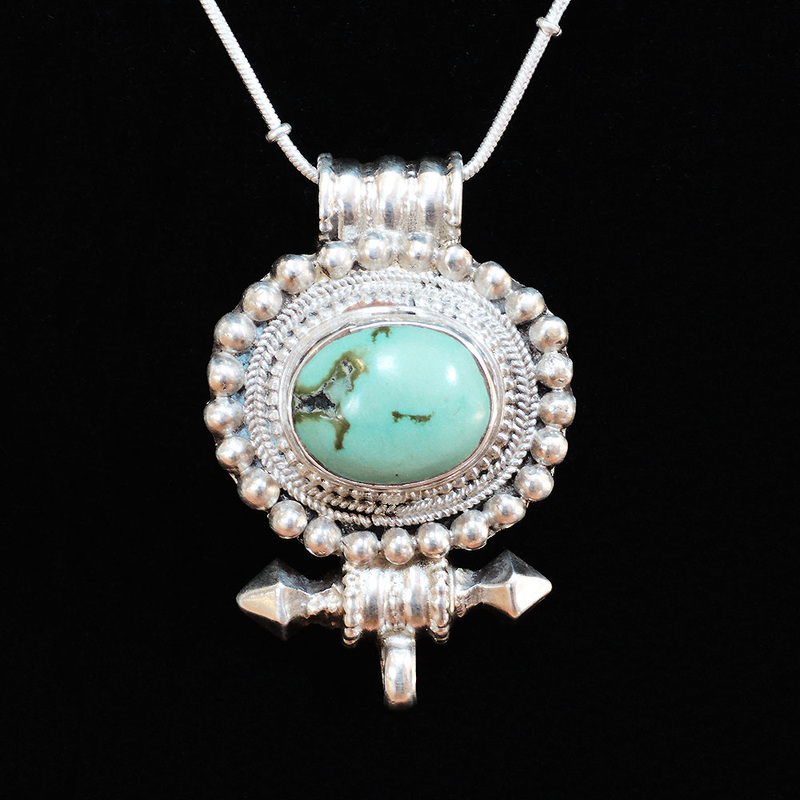
 RSS Feed
RSS Feed
